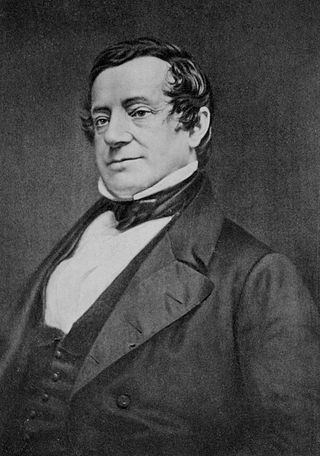
Washington Irving was an American short-story writer, essayist, biographer, historian, and diplomat of the early 19th century. He wrote the short stories "Rip Van Winkle" (1819) and "The Legend of Sleepy Hollow" (1820), both of which appear in his collection The Sketch Book of Geoffrey Crayon, Gent. His historical works include biographies of Oliver Goldsmith, Muhammad, and George Washington, as well as several histories of 15th-century Spain that deal with subjects such as the Alhambra, Christopher Columbus, and the Moors. Irving served as American ambassador to Spain in the 1840s.
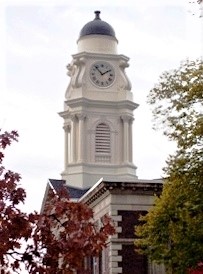
Irvington, sometimes known as Irvington-on-Hudson, is a suburban village in the town of Greenburgh in Westchester County, New York, United States. It is located on the eastern bank of the Hudson River, 20 miles (32 km) north of midtown Manhattan in New York City, and is served by a station stop on the Metro-North Hudson Line. To the north of Irvington is the village of Tarrytown, to the south the village of Dobbs Ferry, and to the east unincorporated parts of Greenburgh, including East Irvington. Irvington includes within its boundaries the community of Ardsley-on-Hudson, which has its own ZIP code and Metro-North station, but which should not be confused with the nearby village of Ardsley.

Tarrytown is a village in the town of Greenburgh in Westchester County, New York. It is located on the eastern bank of the Hudson River, approximately 25 miles (40 km) north of Midtown Manhattan in New York City, and is served by a stop on the Metro-North Hudson Line. To the north of Tarrytown is the village of Sleepy Hollow, to the south the village of Irvington and to the east unincorporated parts of Greenburgh. The Tappan Zee Bridge crosses the Hudson at Tarrytown, carrying the New York State Thruway to South Nyack, Rockland County and points in Upstate New York. The population was 11,860 at the 2020 census.

Daniel Chester French was an American sculptor of the late nineteenth and early twentieth centuries. He is best known for his 1874 sculpture The Minute Man in Concord, Massachusetts, and his 1920 monumental statue of Abraham Lincoln in the Lincoln Memorial in Washington, D.C.

The Tappan Zee is a natural widening of the Hudson River, about 3 miles (4.8 km) across at its widest, in southeastern New York. It stretches about 10 miles (16 km) along the boundary between Rockland and Westchester counties, downstream from Croton Point to Irvington. It derives its name from the Tappan Native American sub-tribe of the Delaware/Lenni Lenape, and the Dutch word zee[zeː], meaning a sea.

Wolfert Acker (1667–1753) was a colonial-period American who is featured in Washington Irving's short story collection Wolfert's Roost and Miscellanies (1855). His name was recorded in all combinations of Wolfert or Wolvert as given name, and Acker, Echert, Eckar, or Ecker as surname. He was born in Flatbush, Brooklyn, New York and died at his sizable home, "Wolfert's Roost" near the site of what is now Irvington, New York in Westchester County, New York. On December 20, 1692, on land belonging to Frederick Philipse, he married Maretje Sibouts.

Sunnyside (1835) is a historic house on 10 acres along the Hudson River, in Tarrytown, New York. It was the home of the American author Washington Irving, best known for his short stories, such as "Rip Van Winkle" (1819) and "The Legend of Sleepy Hollow" (1820).
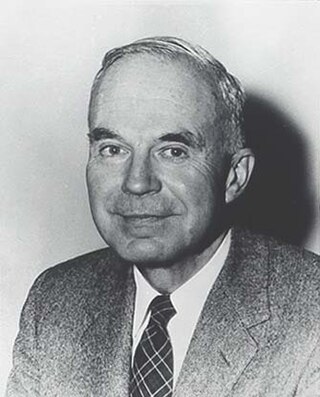
Walker Kirtland Hancock was an American sculptor and teacher. He created notable monumental sculptures, including the Pennsylvania Railroad World War II Memorial (1950–52) at 30th Street Station in Philadelphia, and the World War I Soldiers' Memorial (1936–38) in St. Louis, Missouri. He made major additions to the National Cathedral in Washington, D.C., including Christ in Majesty (1972), the bas relief over the High Altar. Works by him are presently housed at the U.S. Military Academy at West Point, the Library of Congress, the U.S. Supreme Court, and the United States Capitol.
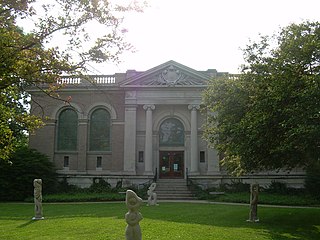
The neighborhood of Irvington, named after Washington Irving, includes Irvington Historic District, a historic district in Indianapolis, Indiana. The historic district is a 545-acre (221 ha) area that was listed on the National Register of Historic Places in 1987. That year, the district included 2,373 contributing buildings, 5 other contributing structures, and 2 contributing sites.

The Old Dutch Church of Sleepy Hollow (Dutch: Oude Nederlandse Kerk van Sleepy Hollow), listed on the National Register of Historic Places as Dutch Reformed Church (Sleepy Hollow), is a 17th-century stone church located on Albany Post Road (U.S. Route 9) in Sleepy Hollow, New York, United States. It and its three-acre (1.2 ha) churchyard feature prominently in Washington Irving's 1820 short story "The Legend of Sleepy Hollow". The churchyard is often confused with the contiguous but separate Sleepy Hollow Cemetery.

Christ Episcopal Church is a historic Episcopal church located at 43 South Broadway in Tarrytown, New York. Topped by a modest tower, the ivy-covered red brick church was built in 1837 and maintains an active congregation to the present day. The church also includes the San Marcos Mission, a Spanish-language ministry.
Historic Hudson Valley is a not-for-profit educational and historic preservation organization headquartered in Tarrytown, New York. The organization runs tours and events at five historic properties in Westchester County, in the lower Hudson River Valley.
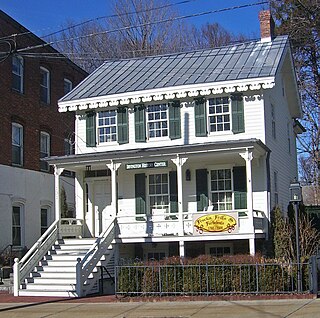
The McVickar House is located at 131 Main Street in Irvington, New York, United States. It is a wooden frame house built in the middle of the 19th century in the Greek Revival architectural style with some Picturesque decorative touches added later. In 2004 it was listed on the National Register of Historic Places.

The Church of St. Barnabas is an Episcopal house of worship in Irvington, New York, United States. It is a stone Gothic Revival structure whose oldest sections date to the mid-19th century, with several expansions undertaken since then. The reputedly haunted church complex was added to the National Register of Historic Places in 2000.
Robert Dale Owen Memorial is a public artwork located at the south entrance of the Indiana Statehouse along Washington Street in Indianapolis, Indiana. The memorial was donated to the state of Indiana and dedicated in 1911 in honor of the Indiana politician, Robert Dale Owen (1807–1877). The bronze portrait bust by Indiana sculptor, Frances M. Goodwin, has been missing from this memorial since 1970. The memorial's remaining pedestal is made from three stone blocks and includes a commemorative plaque.

Frances Taft Grimes was an American sculptor, best remembered for her bas-relief portraits and busts.

The American Veterans Disabled for Life Memorial is a memorial in Washington, D.C., which honors veterans of the armed forces of the United States who were permanently disabled during the course of their national service. Congress adopted legislation establishing the memorial on October 23, 2000, authorizing the Disabled Veterans for Life Memorial Foundation to design, raise funds for, and construct the memorial. The fundraising goal was reached in mid-2010 and ground for the memorial broken on November 10, 2010. The memorial was dedicated by President Barack Obama on October 5, 2014.
Neil Carl Estern was an American sculptor. Known for his public monuments, Estern's best-known works are his sculptures of Franklin D. Roosevelt, Eleanor Roosevelt, and Fala at the Franklin Delano Roosevelt Memorial in Washington. Estern was also the creator of Patti Playpal.

Ames Van Wart was an American Sculptor who lived in Europe.
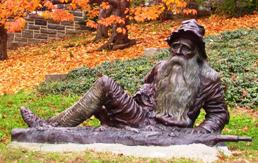
Rip Van Winkle is a life-size bronze statue of Washington Irving's literary character from his 1819 short story, Rip Van Winkle, in Irvington, New York. It was designed by Richard Masloski and unveiled in 2002.





















